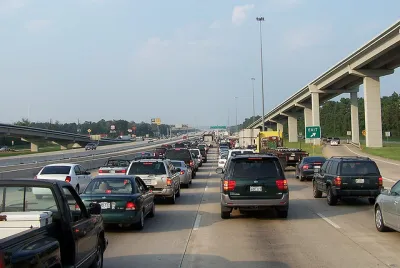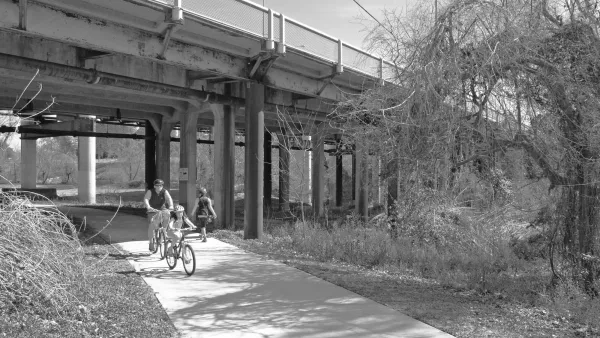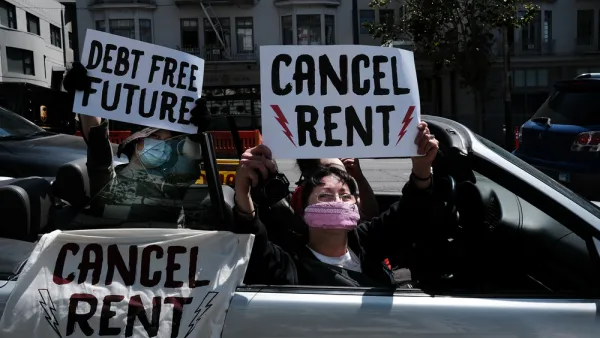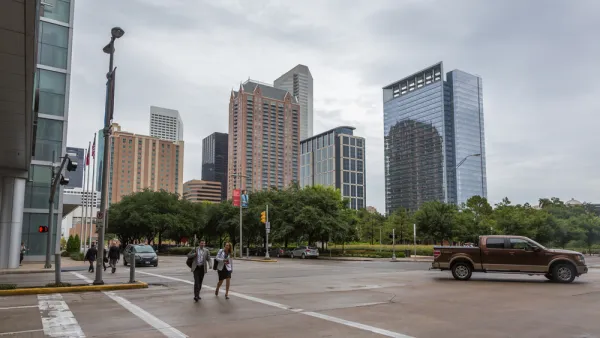For decades, Houston has experienced car-oriented development, giving little attention to other forms of transportation. In recent years, however, rapid population growth and increase in traffic congestion has the city revisiting alternate options

In the developed world, the municipal systems we rely on are largely invisible and universal. In mansions and studio apartments alike, flip a switch and the lights come on; turn a tap and water flows out.
Transportation is a different matter. The way we get from place to place varies greatly, influenced by location, lifestyle, and socioeconomic status. From driving an SUV to cycling or riding the subway, how we choose to navigate our cities is often seen as a reflection of both our personalities and our life circumstances.
But while individual and cultural transit preferences can seem immutable, history proves otherwise. Around the globe, it’s not uncommon for massive shifts in mobility patterns to occur over a relatively short period of time. Deeply influenced by political, technological, economic, ecological, and demographic factors, transportation is constantly shaped by (and shaping) its surroundings.
Case in point: Houston. Long known as a car town, it has made significant progress in diversifying its transit options
The United States’ fourth-largest city by population, Houston has a strong economy and a remarkably diverse population. But this success also brings challenges. Four million additional people are expected to arrive by 2040, with much of the growth occurring in car-dependent subdivisions that continue to expand the metropolitan borders. Officials predict a 60% increase in traffic — difficult to imagine in a city where rush-hour congestion is a common gripe.
As is true of most North American cities, Houston’s car-centric transportation system has many other downsides as well. Maintaining a 25,000-mile road network is difficult and costly. Public health suffers; a 2012 study by local authorities recommended making streets more pedestrian- and bike-friendly to counter obesity and related challenges.
FULL STORY: Houston rethinks mass transit

National Parks Layoffs Will Cause Communities to Lose Billions
Thousands of essential park workers were laid off this week, just before the busy spring break season.

Retro-silient?: America’s First “Eco-burb,” The Woodlands Turns 50
A master-planned community north of Houston offers lessons on green infrastructure and resilient design, but falls short of its founder’s lofty affordability and walkability goals.

Delivering for America Plan Will Downgrade Mail Service in at Least 49.5 Percent of Zip Codes
Republican and Democrat lawmakers criticize the plan for its disproportionate negative impact on rural communities.

Test News Post 1
This is a summary

Test News Headline 46
Test for the image on the front page.

Balancing Bombs and Butterflies: How the National Guard Protects a Rare Species
The National Guard at Fort Indiantown Gap uses GIS technology and land management strategies to balance military training with conservation efforts, ensuring the survival of the rare eastern regal fritillary butterfly.
Urban Design for Planners 1: Software Tools
This six-course series explores essential urban design concepts using open source software and equips planners with the tools they need to participate fully in the urban design process.
Planning for Universal Design
Learn the tools for implementing Universal Design in planning regulations.
EMC Planning Group, Inc.
Planetizen
Planetizen
Mpact (formerly Rail~Volution)
Great Falls Development Authority, Inc.
HUDs Office of Policy Development and Research
NYU Wagner Graduate School of Public Service





























